
In the fast-paced world of automotive innovation, few engines hold the legendary status of the HEMI® V8. Stellantis has a rich history of producing high-performance vehicles powered by these iconic engines. Recently, our article “Why Can’t Stellantis Build A Next-Gen HEMI® Engine?” generated a flurry of responses, with many enthusiasts and experts pondering a compelling question: Why not combine the power of a next-gen HEMI® V8 engine with plug-in hybrid (PHEV) technology?

The HEMI V8 engine has long been synonymous with raw power and uncompromising performance. By infusing it with PHEV technology, Stellantis can create a marvel of engineering that marries tradition with innovation, setting a new standard for high-performance vehicles.
Integrating PHEV technology with the next-gen HEMI® V8 engine could be a game-changer. This hybrid setup can offer enhanced torque and horsepower by providing an electric boost and unprecedented performance levels. This combination would elevate the driving experience and exemplify Stellantis’ commitment to cutting-edge engineering.
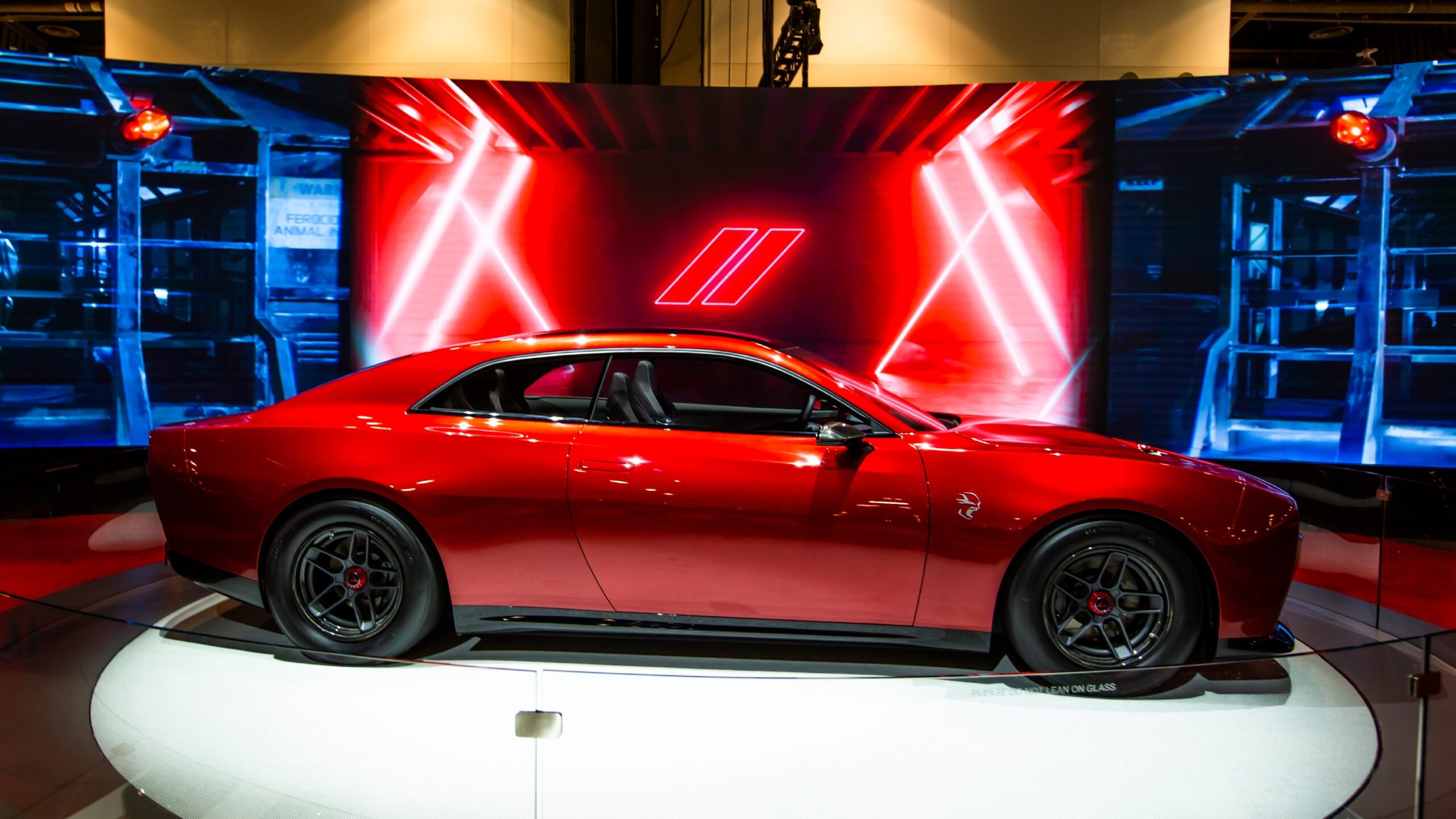
One of the key concerns with electric vehicles (EVs) is range anxiety. PHEVs, on the other hand, provide a seamless transition between electric and gasoline power. This means enthusiasts can enjoy electrified driving without worrying about running out of charge, making the technology more accessible and practical for a wider audience.
While the EV charging infrastructure is rapidly growing in urban areas, rural regions and off-road destinations still face limitations. The PHEV’s ability to rely on gasoline when charging stations are scarce makes it a versatile choice, allowing drivers to explore without restrictions.
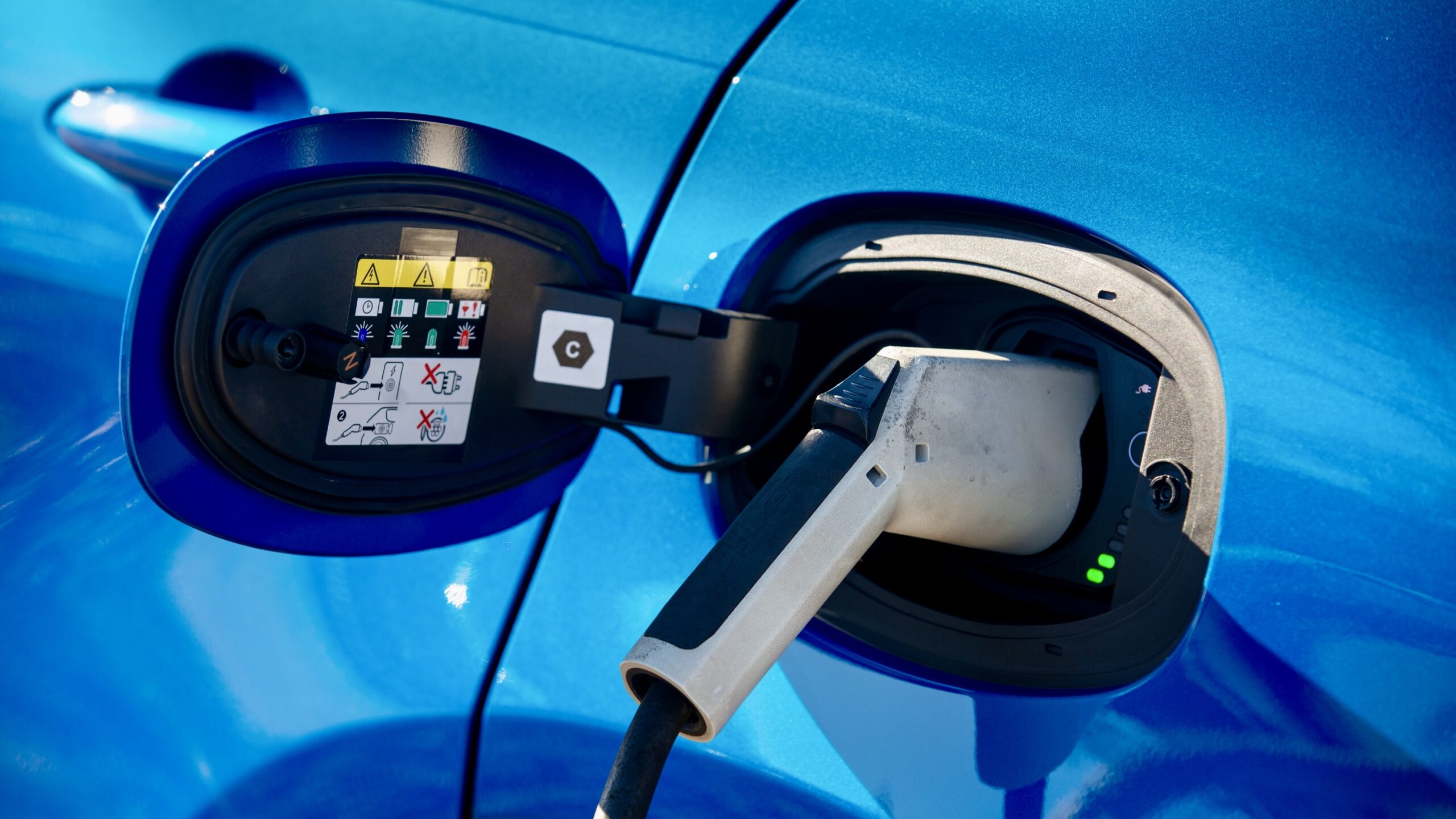
Refueling a PHEV with a next-gen HEMI® V8 engine is as quick and hassle-free as filling up a traditional gasoline-powered vehicle. This familiarity is a boon for fans of Stellantis’ brands, providing a seamless transition into the world of hybrid power.
PHEVs tend to be more affordable than their all-electric counterparts, aligning perfectly with Stellantis’ commitment to providing value to their customers. This means more enthusiasts can experience the thrill of next-gen HEMI® power without breaking the bank.
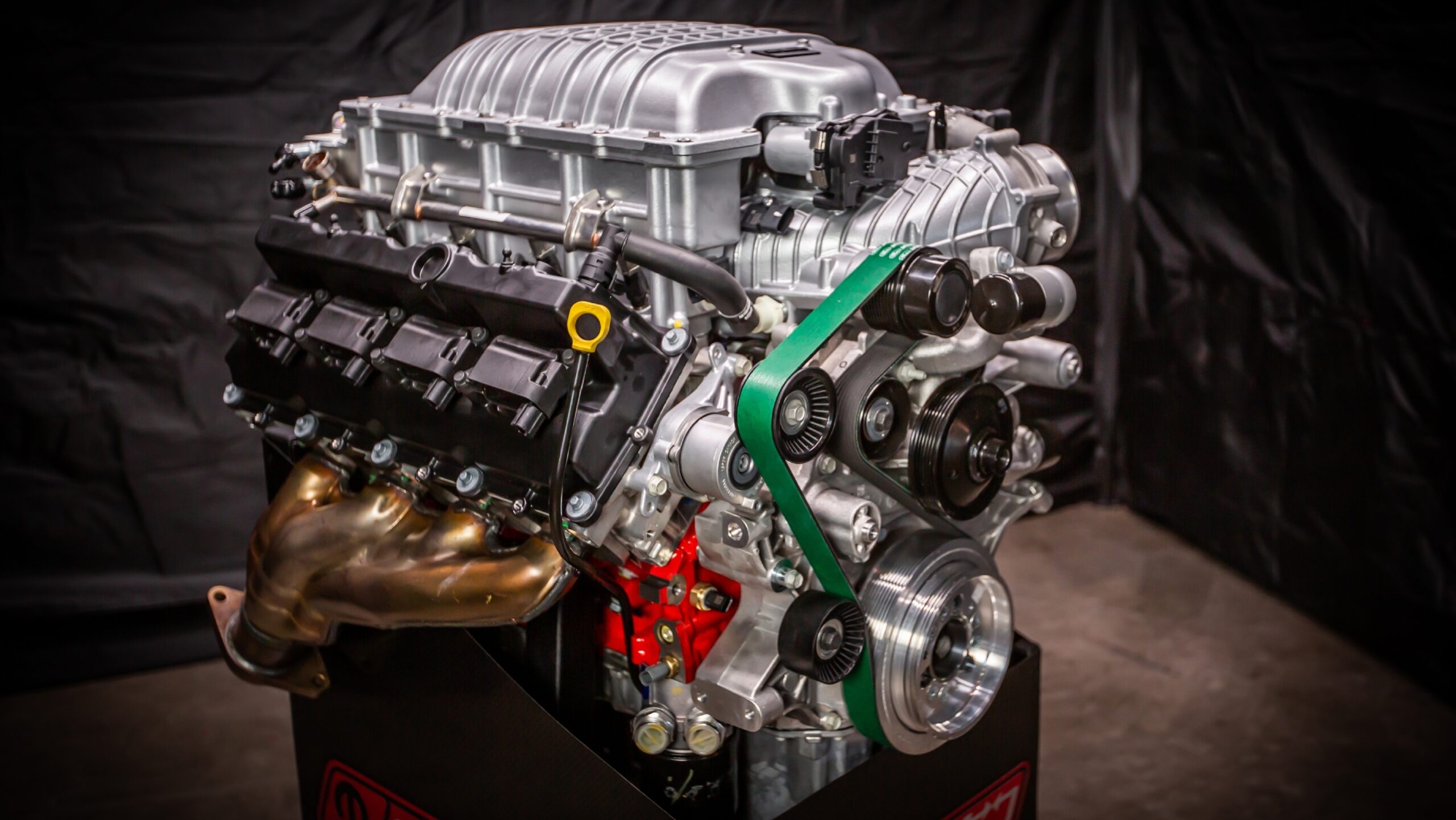
While PHEVs may not be completely emissions-free, they represent a significant reduction in greenhouse gas emissions compared to traditional gasoline vehicles. Moreover, using smaller battery packs in PHEVs mitigates some environmental impacts associated with battery production, providing a balanced approach to sustainability.
Recently, GM has used this innovative approach with the new Corvette E-Ray, a car that showcases a bold step towards electrification in high-performance sports cars. GM has retained the beloved V8 engine by incorporating a hybrid powertrain while seamlessly integrating electric technology. The E-Ray utilizes a sophisticated PHEV system, providing the Corvette with a substantial electric-only driving range. So if GM can do this, why can’t Stellantis?
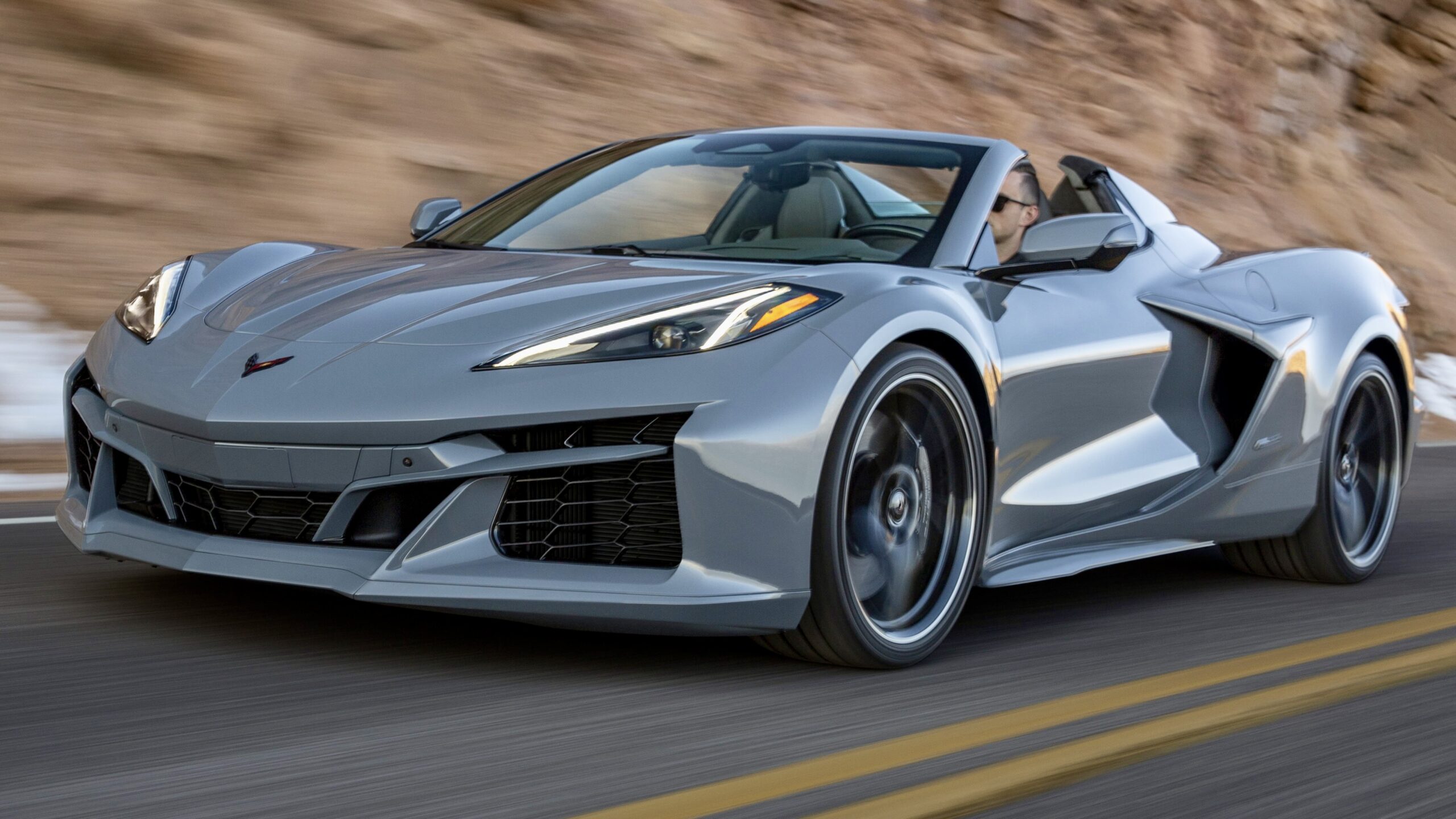
It is our hope that Stellantis remains attuned to the voices of its customer base and remains flexible in adapting its objectives to align with their desires. Failure to do so could potentially result in losing core customers to rival American automakers actively embracing electrification while preserving the traditional V8.

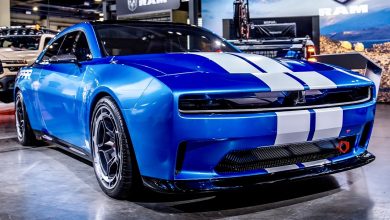
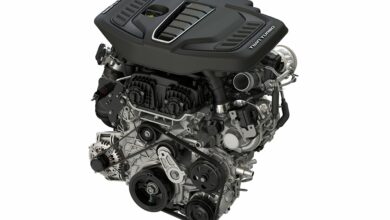

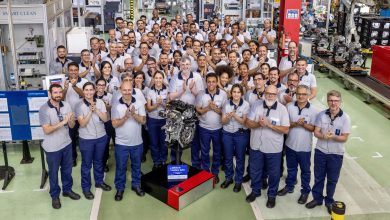

10 replies
Loading new replies...
Join the full discussion at the Mopar Insiders Forum →